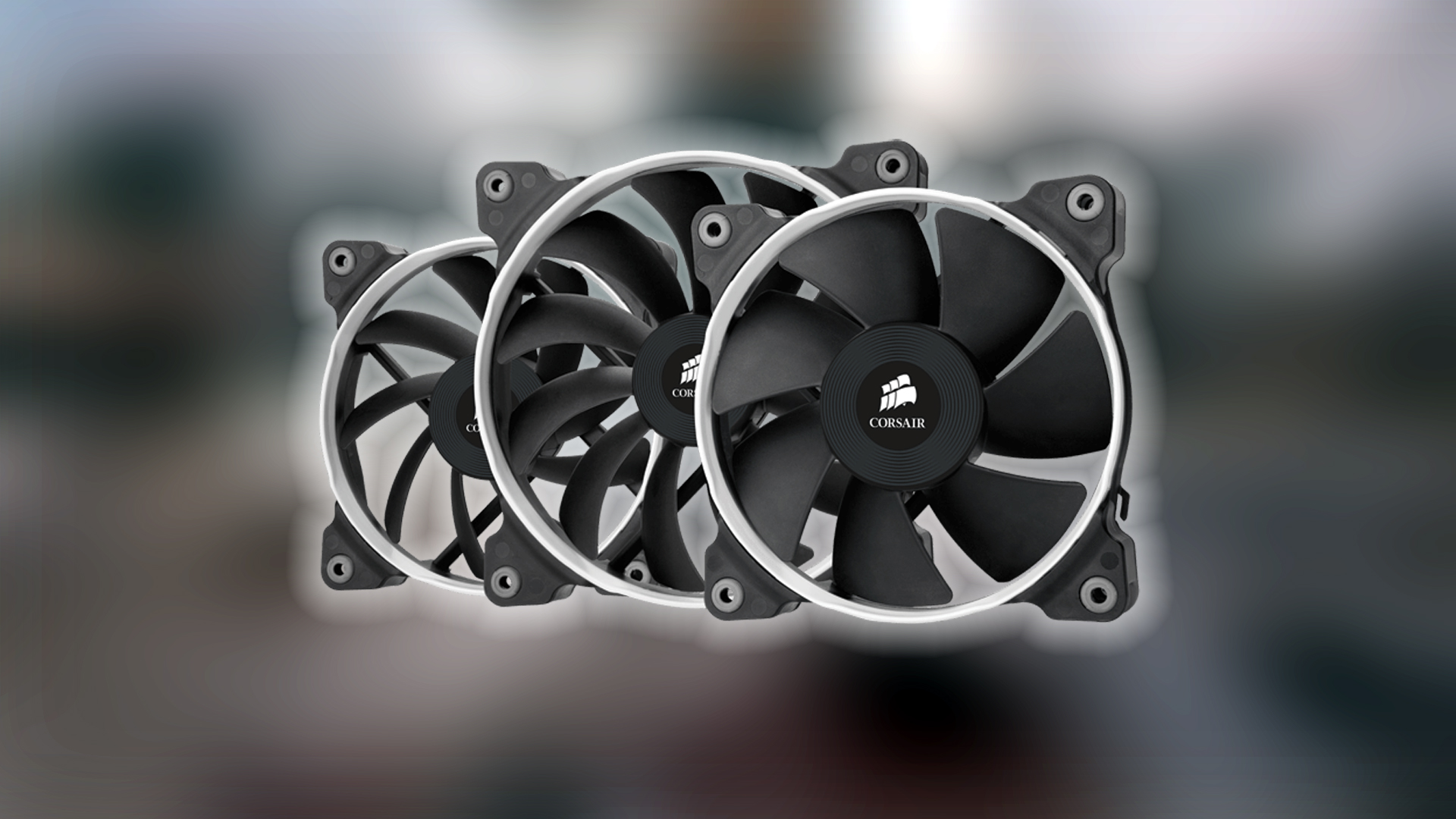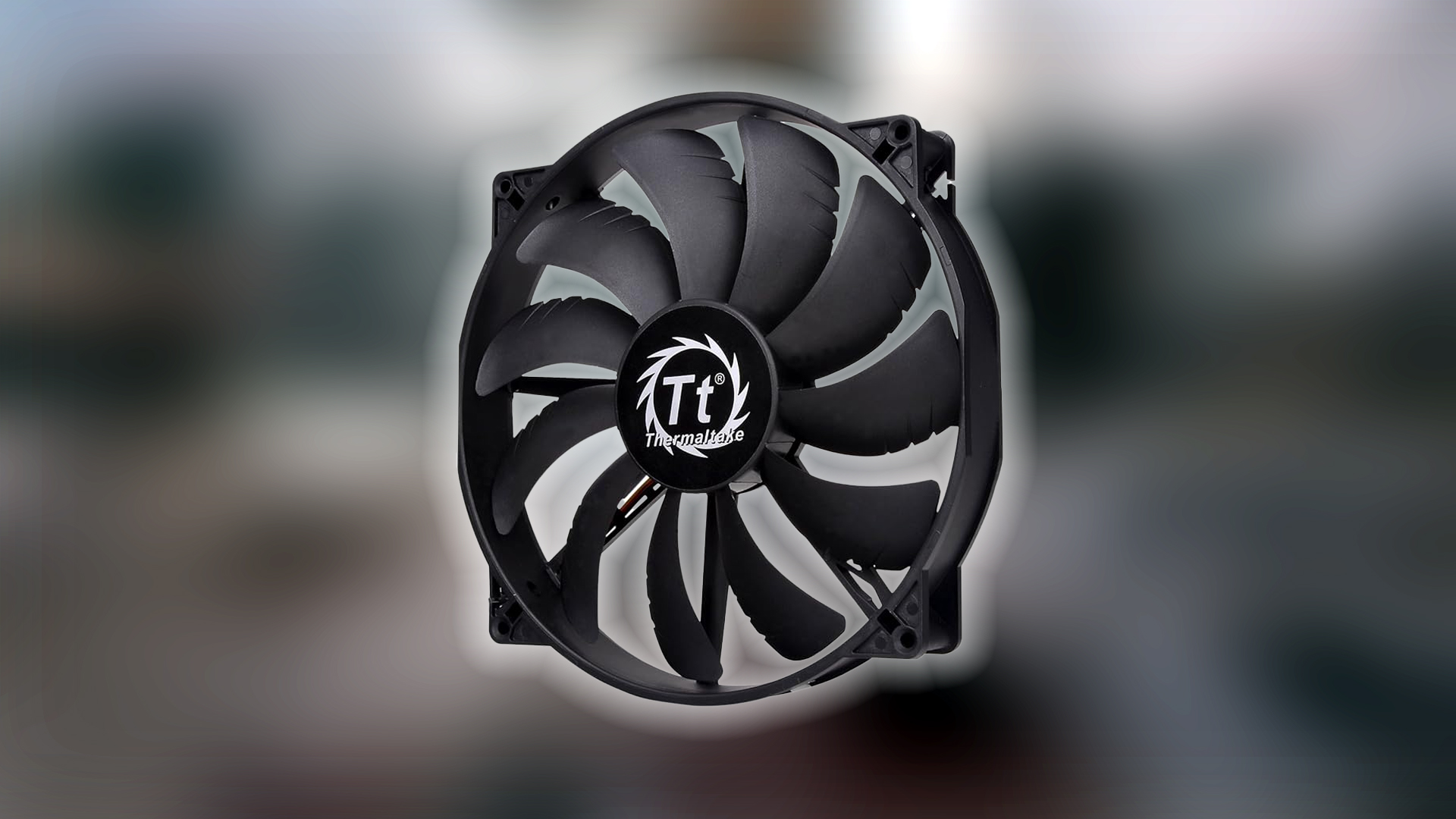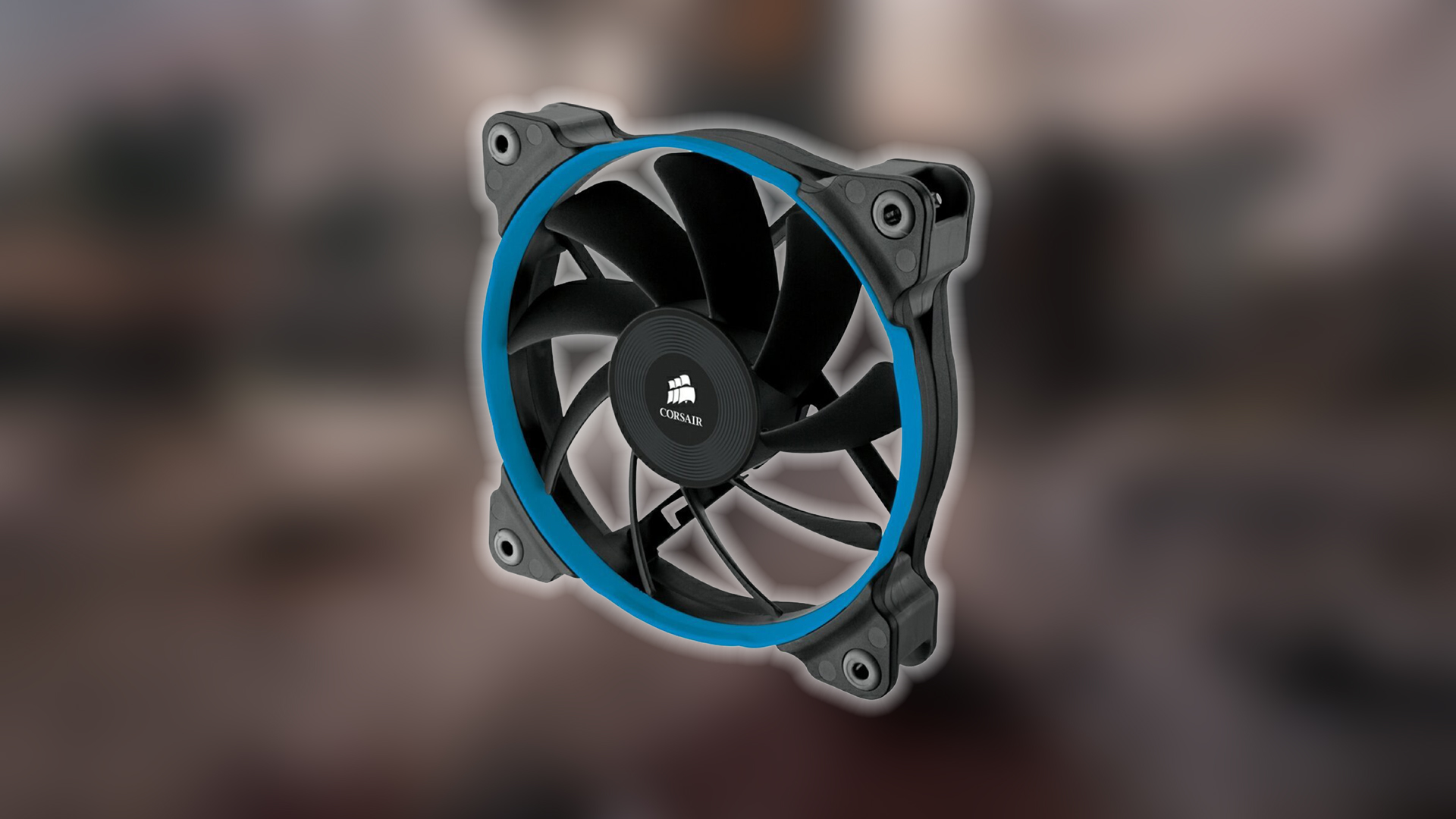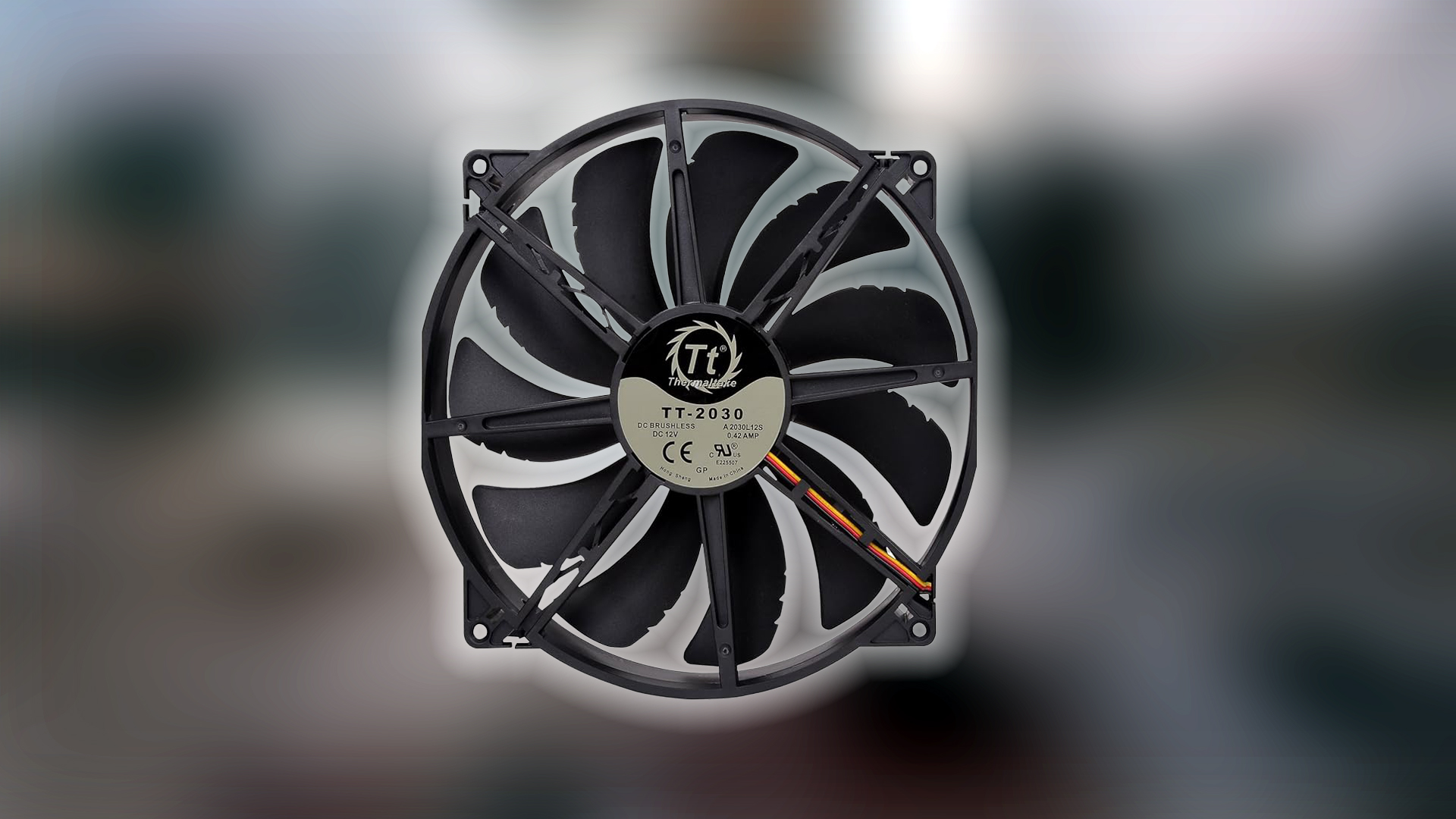Discover how to select the ideal case fan for your system, taking into account key factors such as airflow types and more.

A properly ventilated case significantly lowers the temperature of your equipment. However, setting up all that can be challenging, such as selecting the right case fan, configuring the correct static pressure, and then keeping noise in check. Taking care of all that, this article will walk you through everything you need to know before choosing fans for your PC case.
Note: This article does not cover RGB or aesthetics, but the core fundamentals of a case fan, which deal with airflow. Lights can make your equipment shine brighter, but good case fans keep it cooler.
Understanding Your Case Fan Sizes

There are many fans available in the market from various vendors, and they come in a lot of sizes, from small to large. Larger fans move more air at lower speeds, which keeps them quieter during operation. Smaller fans operate at higher speeds to compensate for the air pressure levels.
Below are the fan sizes widely available for purchase that cater to your needs:
- 80mm Fans: These were popular in the 2000s and were primarily found in compact cases. They usually operate at around 2000–4000 RPM, producing 25–35 dBA of noise and 20–40 CFM of airflow.
- 120mm Fans: These are the common standards of fan sizes. They have been widely available for over a decade and are incredibly popular. They offer a good balance between airflow (40–80 CFM) and noise (15–25 dBA) and operate around the 1000–2000 RPM mark.
- 140mm Fans: Manufacturers design these for pure performance, but despite claims of silence, they can be incredibly noisy under load. 140mm fans are expensive but offer robust use cases. Their airflow reaches around 60–100 CFM, and the noise levels range from 10 to 25 dBA. The operation RPM is around 600–2700 RPM.
- 200mm Fans: Use these fans primarily as intakes in your chassis. They offer the highest airflow of around 150 CFM+ and are quiet, at around 5–10 dBA. They operate around the 400–800 RPM mark. However, they’re often the most expensive, and in some cases, it’s more practical to invest in a new chassis that includes them by default.
It is essential to check your case’s fan size support before purchasing.
Static Pressure vs. Airflow Fans

Case fan manufacturers create two main types, each optimized for specific cooling scenarios.
- Airflow Fans: These fans use fewer, more open blades to push large volumes of air through open, unobstructed spaces. They are ideal for exhaust or intake positions where air doesn’t need to pass through radiators, filters, or any other obstacle.
- Static Pressure Fans: These fans, designed with closed blades, push air through restricted spaces. They excel when used with radiators, CPU coolers, or even cases with limited airflow paths.
Higher RPMs generate more airflow and produce more noise. An efficient blade design or size can draw more air at lower RPMs.
Airflow and Noise Levels
Generally, if you are considering case fans, you want the best noise-to-CFM ratio results. Higher CFM ratings typically mean better cooling capacity, but they can be noisy or quiet at the expense of price.
Here are a few points to consider:
- Budget fans: 20-40 CFM (noisy, in terms of their CFM)
- Mid-range fans: 40–70 CFM (20–30 dBA). These can be quiet or loud, depending on build quality and price.
- High-end fans: 70+ CFM (usually silent, but can be noisy, such as 140mm ones)
Bearings and Longevity
The type of fan bearings used affects a fan’s longevity, noise profile, and performance. You’ll commonly find these types of bearings used in case fans:
- Sleeve Bearings: These types of bearings are often found on dirt-cheap case fans. They are incredibly budget-friendly but have the shortest lifespan. The sleeve-bearing type utilizes low-friction sleeve material for its operation, and it’s the least durable.
- Rifle Bearings: These bearings are also found on budget case fans. They are a subtype of sleeve bearings, but they feature spiral grooves that pump lubricant along the shaft, enabling a horizontal mounting with reduced friction. Due to their design, they last much longer than typical sleeve-bearing fans.
- Ball Bearings: These fans offer reliable and versatile performance, as they support installation in multiple orientations. However, they are noisy. They are popular among fans priced in the entry-mid-range.
- Fluid Dynamic Bearings (FDB): These are the gold standard for premium case fans. FDB bearing designs offer a very long life of over 300K hours and operate quietly. Their design allows them to be mounted in any orientation without fear of degradation.
Connectors: 3-pin vs. 4-pin
3-pin connectors provide DC and operate via voltage regulation. They include pins for ground, power, and tachometer (to monitor their RPM).
4-pin connectors include an extra pin that enables Pulse Width Modulation (PWM) for precise fan speed control. They provide accurate speed control and can be adjusted based on temperature readings.
PWM fans are quieter than DC fans because they can spin down more easily. PWM fans also last longer than traditional 3-pin ones.
Placement and Airflow Strategy

Good airflow in your cabinet depends upon good fan placement. This will create a consistent airflow path through your case. The strategy below is a good starting point, as every cabinet is built differently, and airflow differs with the choice of equipment.
- Intake – Front and bottom: pull in cool air.
- Exhaust – Rear and top: push out hot air.
- Positive pressure – More intake than exhaust = less dust.
- Negative pressure – More exhaust = more airflow, more dust.
Start with one rear exhaust and one to two front intakes. Scale up as needed. Remember that the ultimate goal is to find the best balance between cooling performance and noise. For that, PWM fans are highly suggested. As for noise suppression, use rubber or silicone fan mounts to reduce vibration, clean up fans regularly, and consider PC cases that offer sound-dampening materials.
Conclusion
When choosing case fans for your PC, consider these factors:
- Size compatibility: So that you do not run into compatibility issues
- Fan Type: Depending on the requirement and budget, make your choice.
- Placement: Create an airflow path with properly positioned intake and exhaust fans throughout your case.
- Control: Prefer PWM fans over standard 3-pin ones.
Fan choice can be critical for RGB / ARGB-oriented setups, as lighting becomes vital. If you are going the RGB / ARGB route, ensure you buy fans of the same brand that are compatible with your lighting controller.
Looking For More Related to Tech?
We provide the latest news and “How To’s” for Tech content. Meanwhile, you can check out the following articles related to PC GPUs, CPU and GPU comparisons, mobile phones, and more:
- 5 Best Air Coolers for CPUs in 2025
- ASUS TUF Gaming F16 Release Date, Specifications, Price, and More
- iPhone 16e vs iPhone SE (3rd Gen): Which One To Buy in 2025?
- Powerbeats Pro 2 vs AirPods Pro 2: Which One To Get in 2025
- RTX 5070 Ti vs. RTX 4070 Super: Specs, Price and More Compared
- Windows 11: How To Disable Lock Screen Widgets
 Reddit
Reddit
 Email
Email


